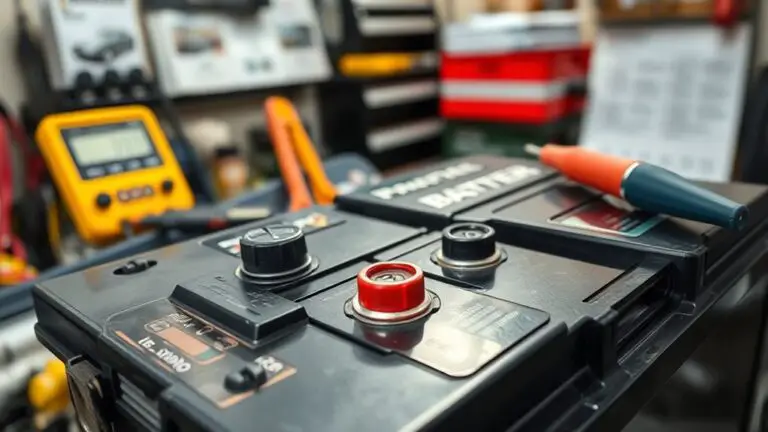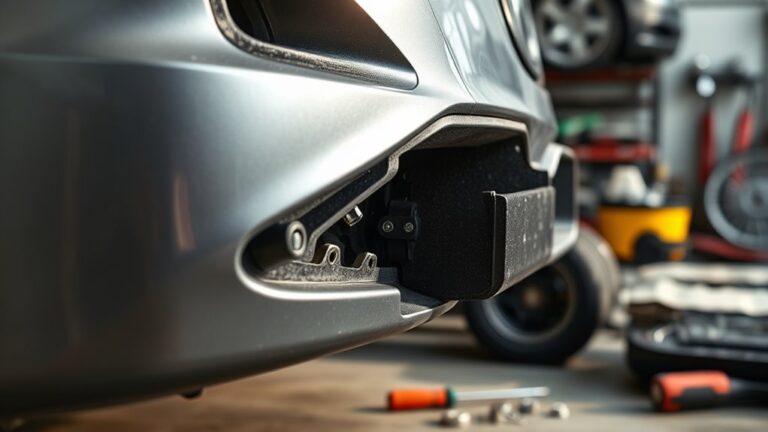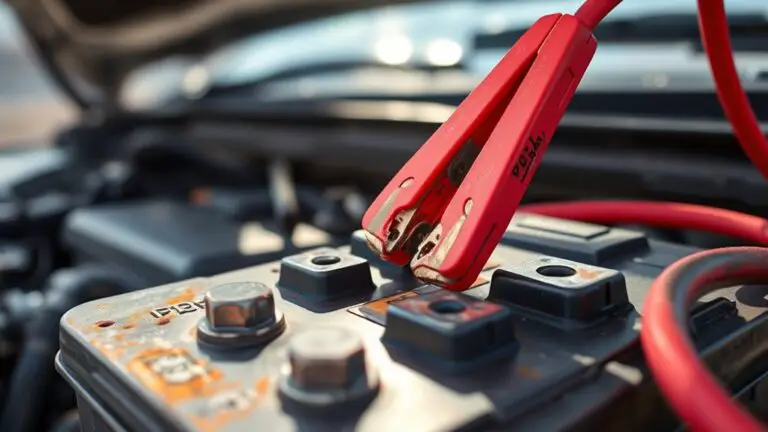Top Causes of Blown Fuses and Quick Fixes
Blown fuses can disrupt your electrical system, often caused by overloaded circuits, faulty appliances, and short circuits. Check the total wattage of devices to avoid drawing too much current. Inspect wiring regularly for damage or signs of wear. Using incompatible devices can also lead to issues, as can aging fuse boxes and environmental factors like humidity. Implementing preventive measures can help maintain your system. Discover more about effective strategies to keep your electrical system running smoothly.
Overloaded Circuits
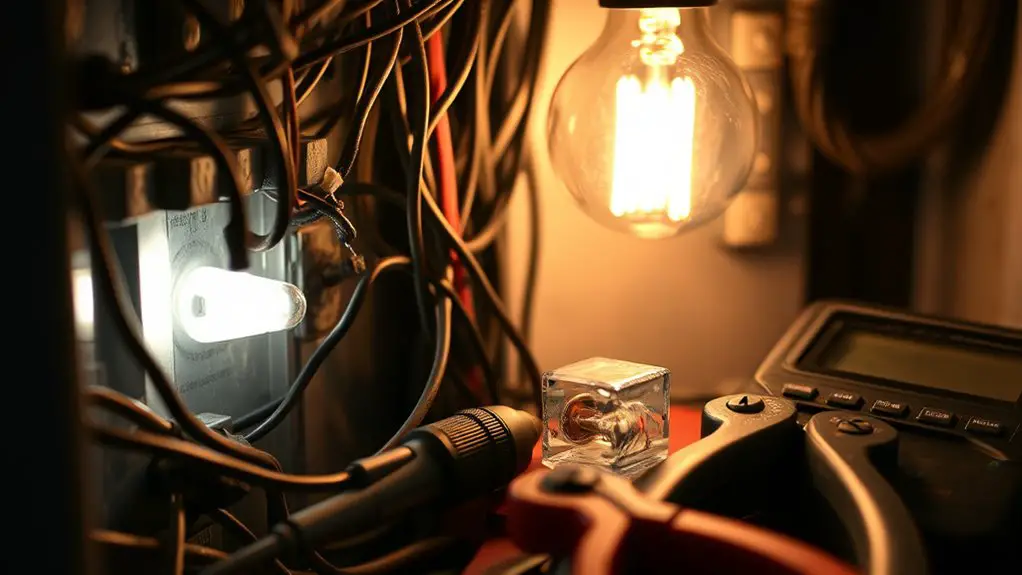
When you overload a circuit, you risk blowing a fuse, which can disrupt your electrical system and lead to inconvenient outages. Understanding circuit capacity is essential for effective power management. Each circuit in your home has a designated capacity, typically measured in amperes. When you connect devices that exceed this limit, the circuit can’t handle the demand, causing the fuse to blow.
To maintain your system’s integrity, always check the total wattage of appliances before usage. Distributing power across multiple circuits can help avoid overload. Consider using energy-efficient devices to lower demand and enhance your circuit’s capacity.
Regularly evaluating your power needs and adjusting accordingly empowers you to manage your electrical system wisely. By being proactive, you can prevent frustrating outages and guarantee a reliable power supply, allowing you the freedom to enjoy your space without interruption.
Faulty Appliances
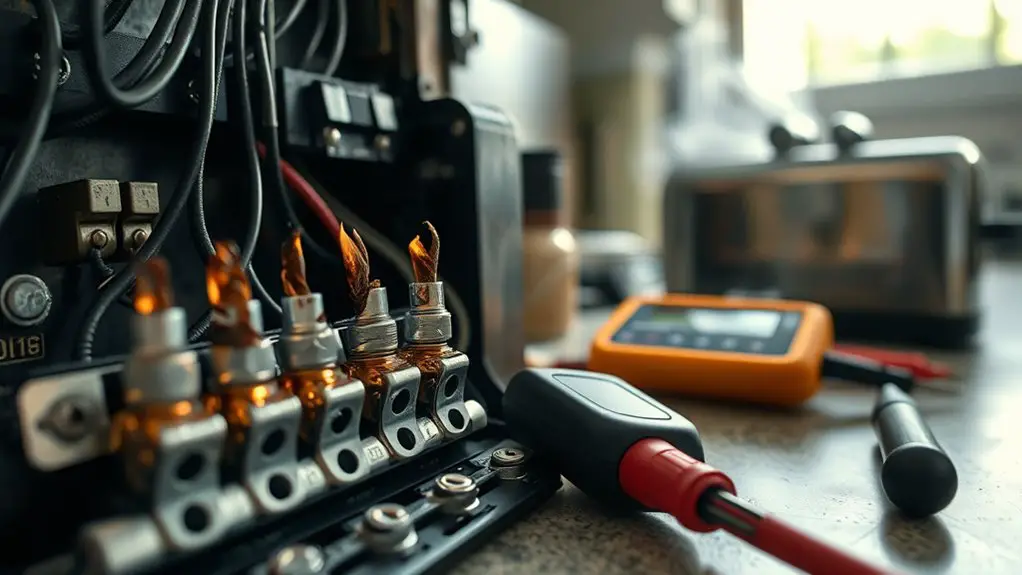
Overloaded circuits aren’t the only culprit behind blown fuses; faulty appliances can also pose a significant risk. When an appliance malfunctions, it can draw excessive current, leading to blown fuses. This is often due to worn-out components, frayed wires, or internal short circuits. Regular appliance maintenance is essential in mitigating these risks. By inspecting cords and plugs for damage and ensuring proper operation, you can enhance both safety and energy efficiency.
Additionally, energy-efficient appliances are designed to consume less power, reducing the likelihood of overloading circuits. If you notice frequent fuse blows, assess your appliances for any signs of wear or malfunction. Unplug devices that seem inconsistent in performance. Remember, staying ahead of appliance issues not only protects your fuses but also extends the lifespan of your devices. Prioritizing maintenance and efficiency is key to a safe and functional home environment.
Short Circuits

Although short circuits can occur in various situations, they typically happen when electrical current finds an unintended path, bypassing the normal load. Common short circuit causes include damaged insulation, exposed wires, or faulty connections, which create a direct link between the hot and neutral wires. This can lead to excessive current flow, resulting in blown fuses or tripped breakers.
To guarantee short circuit prevention, regularly inspect your wiring and electrical devices for signs of wear or damage. Maintain clean connections and avoid overloading circuits with too many devices. If you’re using extension cords, verify they’re rated for the load you’re placing on them. Finally, consider installing ground fault circuit interrupters (GFCIs) in high-risk areas like kitchens and bathrooms. By being proactive, you can considerably reduce the risk of short circuits and maintain a safer electrical environment in your home.
Damaged Wiring
Damaged wiring can manifest through various signs, such as flickering lights, unusual odors, or frequent blown fuses. It’s essential to identify these indicators early to prevent further electrical hazards. Once detected, repairing electrical damage typically involves evaluating the extent of the issue and replacing or rewiring affected sections.
Signs of Damaged Wiring
Wiring issues can lead to significant electrical hazards, and recognizing the signs of damaged wiring is essential for safety. Look for frayed or exposed wiring insulation, which indicates wear and can lead to shorts or fires. Pay attention to flickering lights or frequently blown fuses; these may signal overloaded electrical connections. If you notice a burning smell or discolored outlets, it’s vital to investigate further, as these can be signs of overheating or faulty wiring. Additionally, if your circuit breakers trip often, this might indicate underlying wiring problems. Being proactive about these signs can help you maintain a safe electrical system and prevent costly repairs down the line. Always prioritize safety when dealing with electrical issues.
Repairing Electrical Damage
Recognizing signs of damaged wiring is the first step toward addressing potential hazards in your electrical system. If you notice frayed wires, scorch marks, or frequent blown fuses, it’s vital to act. Start by ensuring your electrical safety; turn off the power at the circuit breaker. Inspect the damaged area thoroughly to determine the extent of the issue. For minor damage, you may be able to splice the wire or replace the damaged section with high-quality materials. However, extensive damage often requires professional help. Remember, regular fuse maintenance is essential in preventing future issues. Don’t compromise your safety—always prioritize proper repairs to maintain a reliable electrical system and protect your home from hazards.
Incompatible Devices
Although you may not realize it, using incompatible devices can lead to blown fuses and compromised electrical systems. Confirming device compatibility is essential to protect your equipment and avoid costly repairs. When connecting devices, always consider the following:
- Voltage Ratings: Verify all devices operate on the same voltage level to prevent overload.
- Power Consumption: Check the total wattage of all devices; exceeding the circuit’s capacity can cause fuses to blow.
- Equipment Specifications: Review the manufacturer’s guidelines for each device to confirm compatibility.
- Connection Types: Use appropriate connectors and cables; mismatches can create short circuits or excessive current flow.
Aging Fuse Boxes
Many homes still rely on aging fuse boxes, which can greatly increase the risk of blown fuses. If your fuse box is outdated, it’s vital to reflect on electrical upgrades. Regular fuse box maintenance can prevent frequent issues and guarantee your system runs smoothly.
Here’s a quick comparison of old versus upgraded fuse boxes:
| Feature | Aging Fuse Boxes | Upgraded Fuse Boxes |
|---|---|---|
| Safety Standards | Lower | Higher |
| Circuit Capacity | Limited | Expanded |
| Ease of Maintenance | Difficult | User-friendly |
Investing in a new fuse box doesn’t just enhance safety; it also boosts your home’s electrical efficiency. Don’t leave your home vulnerable; take proactive steps to upgrade your fuse box and guarantee maximum performance.
Environmental Factors
Environmental factors play a significant role in fuse performance and can lead to blown fuses. Extreme weather conditions, such as heavy storms or heatwaves, put additional stress on electrical systems. Additionally, humidity and moisture issues can cause corrosion and short circuits, further compromising the integrity of your fuses.
Extreme Weather Conditions
When severe weather strikes, it can lead to power surges that overload electrical systems, resulting in blown fuses. To guarantee you’re prepared, consider these storm preparedness tips:
- Inspect Electrical Systems: Regularly check wiring and connections for wear.
- Use Surge Protectors: Invest in quality surge protectors to shield devices from power spikes.
- Monitor Temperature Fluctuations: Be aware that extreme temperature changes can stress electrical components.
- Create an Emergency Plan: Outline steps to take during storms, including how to safely turn off power if needed.
Humidity and Moisture Issues
Severe weather isn’t the only factor that can lead to blown fuses; humidity and moisture can greatly impact electrical systems as well. High humidity levels can cause condensation to form within electrical components, resulting in humidity damage. This moisture can lead to short circuits, corrosion, and ultimately, blown fuses. To combat these issues, moisture prevention is essential. You can use dehumidifiers in damp areas and guarantee proper ventilation to keep humidity levels in check. Additionally, sealing any gaps or cracks in walls or around windows can reduce moisture ingress. Regular inspection of wiring and connections can help identify potential problems before they escalate. By addressing humidity and moisture, you can protect your electrical system and maintain its integrity.
Frequently Asked Questions
How Can I Tell if a Fuse Is Blown?
“An ounce of prevention’s worth a pound of cure.” To tell if a fuse is blown, start with a visual inspection; look for any signs of damage, such as a broken filament or discoloration. If it appears intact, use a multimeter for testing. Set it to the continuity setting, and touch the probes to the fuse terminals. If you hear a beep, the fuse’s good; if not, it’s time to replace it.
Are All Fuses Interchangeable in My Home?
No, not all fuses are interchangeable in your home. Each fuse type serves specific applications, and using the wrong one could lead to electrical hazards. Additionally, you need to reflect on fuse ratings, which indicate the maximum current a fuse can handle before blowing. Always match the fuse type and rating to your circuit’s requirements to guarantee safety and functionality. It’s crucial to know exactly what you’re dealing with when replacing fuses.
Can I Reset a Blown Fuse Instead of Replacing It?
You can’t reset a blown fuse; it needs replacing. Fuse types like cartridge or plug fuses serve different functions but aren’t resettable once they blow. Instead, you’ll have to identify the issue that caused the failure, then replace the fuse with a new one of the same rating. Always verify your circuit can handle the load to prevent future blown fuses and maintain your home’s electrical safety.
What Safety Precautions Should I Take When Replacing a Fuse?
When it comes to fuse safety, think of it like handling fireworks—careful preparation guarantees a safe experience. Before replacing a fuse, always turn off the power at the circuit breaker to avoid electrical shocks. Wear rubber-soled shoes and use insulated tools for added protection. Double-check the fuse type and rating, verifying it matches the specifications. Ultimately, keep your workspace dry and clutter-free, minimizing risks while you work. Your safety’s worth it!
How Often Should I Inspect My Fuse Box?
You should inspect your fuse box at least once a year for ideal fuse maintenance. During this inspection, check for signs of wear, corrosion, or overheating. If you notice frequent blown fuses, increase your inspection frequency to every six months. Keeping an eye on your fuse box helps guarantee your electrical system runs smoothly and safely, giving you peace of mind and the freedom to enjoy your space without unexpected interruptions.


